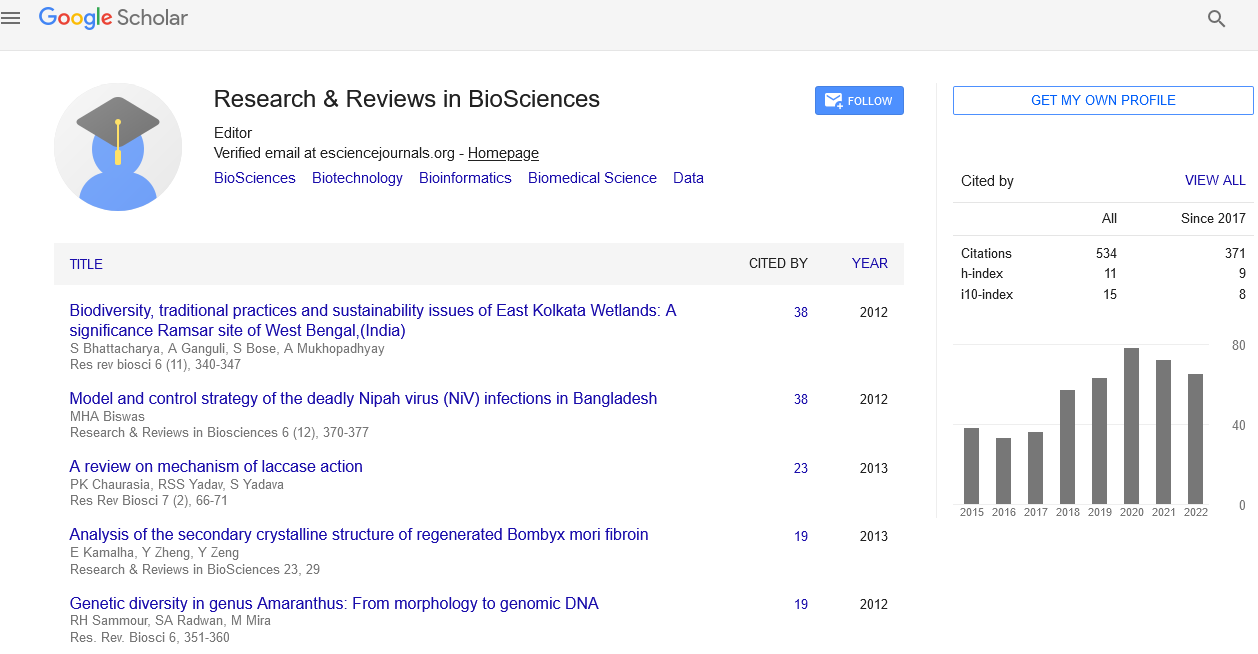Abstract
Characterization of endophytic Streptomyces from cocoyam (Xanthosoma sagittifolium L. Schott) roots, their antagonistic activities and plant growth promoting effects on cocoyam tissue culture plantlets
Author(s): P.F. Kouomou DjuidjeCocoyam is among the six most important root and tuber crops worldwide. It has high nutritional value and an important cash crop. Despite its importance, Cocoyam Root Rot Disease (CRRD) caused by Pythium myriotylum is the main production constraint in most cocoyam growing areas worldwide.The focus of this study was to isolate, evaluate and characterize cocoyam endophytic actinobacteria from cocoyam roots collected in the localities around Mount Cameroon for their potential antagonistic activities against P. myriotylum and their ability to promote plant growth. Based on their morphological characteristics, 7 distinct groups of actinobacterial isolates were isolated from healthy white cocoyam roots. About 60% isolates were assigned to group PERM2. The antifungal activity by dual culture on PDA permitted to selected PERM1, PERM2, PERM4 and PERM5 as active isolates (more than 50% of inhibition against P. myriotylum).These four isolates were subsequently identified using phenotypic and molecular tests, characterized for extracellular hydrolytic enzymes production, plant growth promoting (PGP) traits and their effects were evaluated on tissue culture-derived cocoyam plantlets. Identification of these antagonistic endophytic cocoyam isolates indicated that all belonged to Streptomyces genus. The sequencing of the 16S rRNA genes and alignment with sequences retrieved from GenBank databases showed that PERM2 and PERM4 were clustered alone in a different subclade although closely to Streptomyces samsunensis and Streptomyces brunneogriseus respectively. The comparison of some physiological and biochemical properties of PERM2 and PERM4 with the most closely related Streptomyces species showed that these strains differs phenotypically. PERM2 and PERM4 might represent new species. The selected actinobacteria exhibited several properties often associated with plant growth promoting traits. All selected Streptomyces were able to produce siderophores, phytohormone (IAA), ACC deaminase and solubilize phosphate. The isolate PERM2, with maximum IAA (20.30 μg/ml) produced, increased significantly root length (14.26 ± 0.5 cm) compare to positive control (6.87 ± 0.3 cm). Moreover, PERM2 increased significantly fresh weight of roots (1.903 ± 0.06 g) compare to negative control (0.371 ± 0.06 g). Otherwise, PERM2 also increased number of secondary roots significantly compare to negative control. These results suggest the possibility of using endophytic Streptomyces strains especially isolate PERM2 in formulation of potential bio fungicides and biofertilizers.
